Future Methods in Salesforce @future Future Methods in Salesforce using @future annotation A future method runs in the background, asynchronously. You can call a future method for executing long-running operations, such as callouts to external Web services or any operation you’d like to run in its own thread, on its own time. You can also …
Tag: Apex
Permanent link to this article: https://www.sfdcpoint.com/salesforce/future-methods-in-salesforce/
Apr 30
Lightning Spinner in LWC (Lightning Web Component)
Lightning Spinner in LWC (Lightning Web Component) What is Lightning Spinner in LWC? Lightning Spinners are CSS loading indicators that should be shown when retrieving data or performing slow computations. lightning-spinner displays an animated spinner image to indicate that a request is loading. This component can be used when retrieving data or performing an operation …
Permanent link to this article: https://www.sfdcpoint.com/salesforce/lightning-spinner-in-lwc-lightning-web-component/
Apr 05
Queueable Apex Salesforce
Queueable Apex Salesforce Queueable Apex Salesforce is more advanced and enhanced version of future methods with some extra features. It has simplicity of future methods and the power of Batch Apex and mixed them together to form Queueable Apex. It gives you a class structure that the platform serializes for you, a simplified interface without start …
Permanent link to this article: https://www.sfdcpoint.com/salesforce/queueable-apex-salesforce/
Feb 14
Batch Apex Example In Salesforce
Batch Apex Example In Salesforce Batch Apex Example In Salesforce What is Batch Apex in Salesforce? Batch class in salesforce is used to run large jobs (think thousands or millions of records!) that would exceed normal processing limits. Using Batch Apex, you can process records asynchronously in batches (hence the name, “Batch Apex”) to stay …
Permanent link to this article: https://www.sfdcpoint.com/salesforce/batch-apex-example-in-salesforce/
Nov 16
Maximum Trigger Depth Exceeded Error Salesforce
Maximum Trigger Depth Exceeded Error Salesforce Maximum Trigger Depth Exceeded Error Salesforce occurs mainly due to recursion in the trigger. Recursion can occur because of many reasons. Recursion occurs when the same code is executed again and again. It can lead to an infinite loop and which can result in governor limit sometime. Sometimes it …
Permanent link to this article: https://www.sfdcpoint.com/salesforce/maximum-trigger-depth-exceeded-error-salesforce/
Nov 14
Triggers in Salesforce
Apex Triggers in Salesforce Apex Triggers in Salesforce What is Triggers in Salesforce? A trigger is an Apex script that executes before or after data manipulation language (DML) events occur. Apex triggers enable you to perform custom actions before or after events to record in Salesforce, such as insertions, updates, or deletions. Just like database …
Permanent link to this article: https://www.sfdcpoint.com/salesforce/apex-trigger-in-salesforce/
Dec 17
salesforce email service
salesforce email service Salesforce Email service is automated process that use Apex class to process inbound email. When we set up an email service, we need to generate a special email address in which salesforce will receive your emails. We also need to create one apex class to implement Messaging.InboundEmailHandler interface . The email services …
Permanent link to this article: https://www.sfdcpoint.com/salesforce/salesforce-email-service/
Dec 14
System.NullPointerException: Attempt to de-reference a null object
System.NullPointerException: Attempt to de-reference a null object How to solve System.NullPointerException: Attempt to de-reference a null object error System.NullPointerException: Attempt to de-reference a null object is very common error in apex class. It occurs when your variable (sobject, list, set or any other data type) is not initialized (allocated memory). In order to use the non primitive data type …
Permanent link to this article: https://www.sfdcpoint.com/salesforce/system-nullpointerexception-attempt-to-de-reference-a-null-object/
Dec 04
Using apex:repeat in Visualforce Page
Using apex:repeat in Visualforce Page Using apex:repeat in Visualforce Page apex:repeat is an iteration component that allows you to output the contents of a collection according to a structure that you specify. The collection can include up to 1,000 items. Note that if used within an <apex:pageBlockSection> or <apex:panelGrid> component, all content generated by a …
Permanent link to this article: https://www.sfdcpoint.com/salesforce/using-apexrepeat-in-visualforce-page/
Nov 28
Salesforce Governor Limits
Salesforce Governor Limits What is Salesforce Governor Limits? What are governor limits in salesforce? Salesforce Governor Limits Apex runtime engine strictly enforces limits to ensure that runaway Apex code or processes don’t monopolize shared resources. Why Salesforce has Governor Limits? Because Apex runs in a multitenant environment, the Apex runtime engine strictly enforces limits to ensure that …
Permanent link to this article: https://www.sfdcpoint.com/salesforce/salesforce-governor-limits/

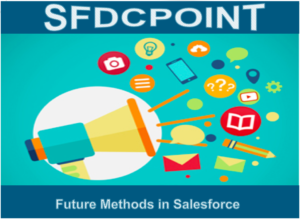
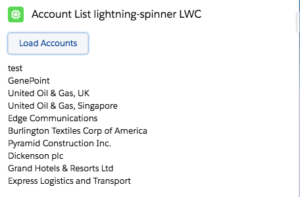
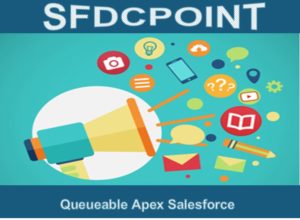

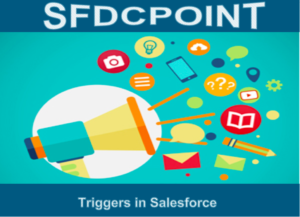
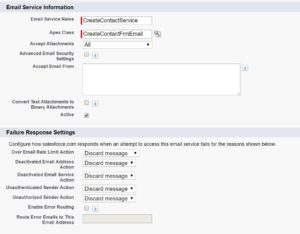
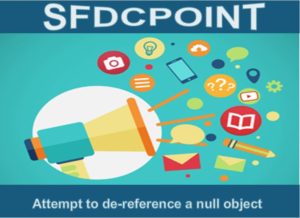
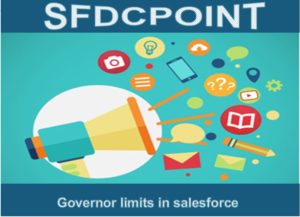
Recent Comments